Estimated reading time: 13 minutes
Welcome to the hoppy world of rabbit parenting! You’ve got a furry little friend at home and you’re playing the guessing game: “Just how old is my bunny?”
It’s a common puzzle for bunny parents, especially if your cotton-tailed companion came without a birth certificate. Knowing how to tell how old a rabbit is becomes crucial, not only for celebrating their birthdays but also for providing them with the appropriate care as they grow.
Rabbits, known for their playful antics and adorable mannerisms, go through several life stages that each require specific attention. Let’s hop straight into it – this article will guide you paw by paw on telling the age of your rabbit.
Key Takeaways
- Look at your rabbit’s size, behavior, and how fast its nails and teeth grow to guess its age.
- Baby rabbits have soft fur and closed eyes, while older rabbits can have worn hocks and yellow teeth.
- Young rabbits are very active but get calmer as they become adults or seniors.
- Rabbits usually stop growing by 6 months old; bigger breeds might take longer.
- To keep your rabbit happy and healthy, learn about their age for the right care.
Understanding the General Age of a Rabbit
Rabbits grow up in stages, from baby to adult to senior. Knowing which stage your rabbit is in can help you care for them better.
A young rabbit, also called a kit or a bunny, will look and act differently than an older one. Kits are tiny, with closed eyes and no fur when they’re born. As rabbits get older, their size and behavior change.
Figuring out how old your furry friend is takes some detective work. Watch how active they are; younger rabbits tend to be more playful and curious.
Check their body too; as bunnies grow into adults around six months old, they fill out and seem calmer.
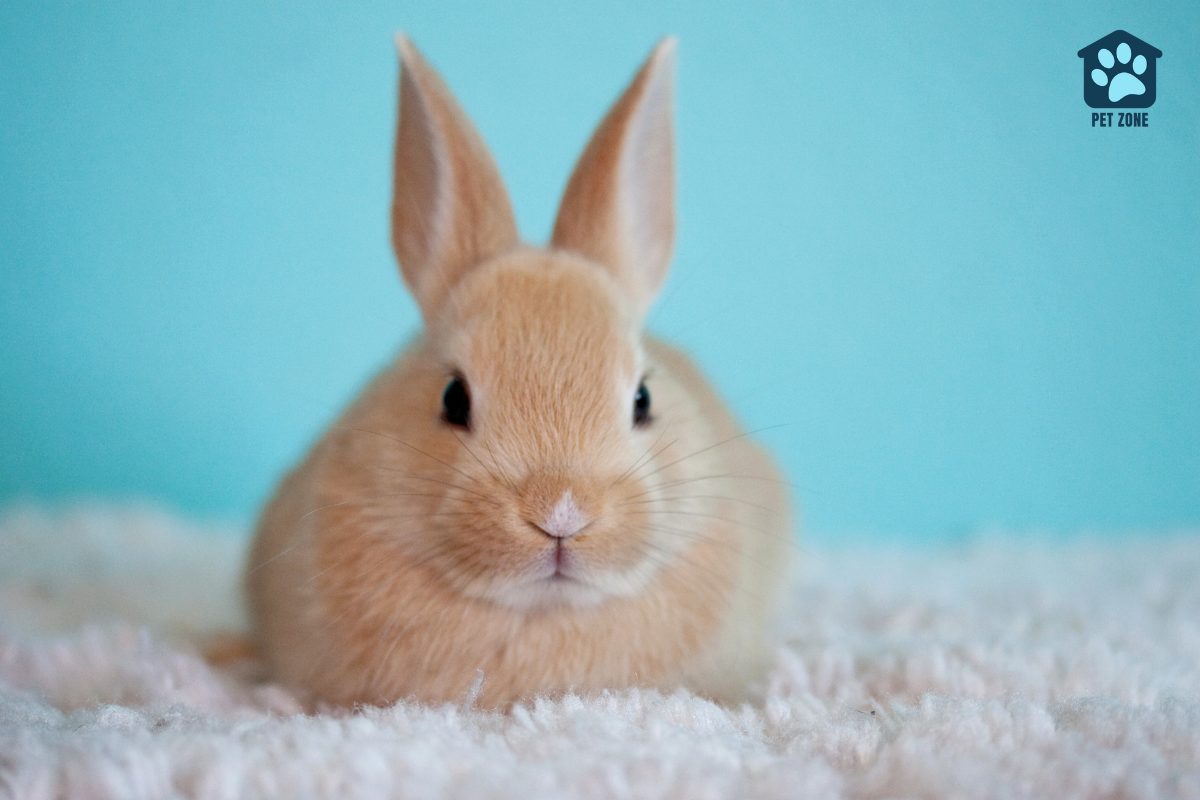
Early Stages: How to Tell How Old a Baby Rabbit / Young Rabbit
Identifying the age of a baby or adolescent rabbit is crucial for their care and development. By understanding the specific characteristics and behaviors of rabbits at different stages of their youth, you can ensure that they receive appropriate care and attention as they grow.
1-2 Weeks Old
At 1-2 weeks old, baby bunnies start to show changes that help you tell their age. They’re still very small and their eyes aren’t open yet. Their ears are closed too. Even though they can’t see or hear, they begin moving more in the nest.
Baby fur starts to grow, making them look a bit less tiny. It’s important to be gentle with these little ones because they are fragile.
During this time, it’s best not to touch them too much – mom rabbit knows how to care for her babies well! You’ll notice that they mostly sleep and snuggle together for warmth. They rely on their mother’s milk at this stage and don’t eat solid food yet.
Watching your baby rabbits change day by day is amazing – each moment brings something new as they get ready for the next big steps in growth!
2-3 Weeks Old
Your rabbit is growing fast now! Between two and three weeks old, baby rabbits begin to change a lot. Their fur gets thicker, and their ears start to stand up. They also open their eyes for the first time.
At this stage, they are still very small but you can see them becoming more active every day. You might notice them trying to hop around or even starting to nibble on solid food like hay.
They’re learning about the world and how to be little bunnies.
It’s a cute time, with lots of new things happening for your pet rabbit. Just watch them explore and play – that will give you clues about their age too! Keep an eye out; these changes mean your furry friend is leaving their newborn days behind and moving into being an adventurous young bunny!
1 Month Old
After around 2-3 weeks, your rabbit will start looking more like a miniature version of its adult self. At one month old, baby rabbits become more active and curious about their surroundings.
They begin to explore and hop around with more confidence. This is also the period when baby rabbits may start nibbling on solid food while still nursing from their mother. Their fur starts growing in thicker, becoming fluffier as they continue to develop rapidly.
At this stage, it’s essential to keep an eye on their growth and ensure they have a comfortable environment to thrive in. It’s important not to disturb them too much but to allow them to gradually adjust to human presence for future interactions.
2-4 Months Old
At 2-4 months old, your rabbit is considered an adolescent. By this time, baby rabbits have opened their eyes and are more active. You can start to see the changes in size and behavior as they grow rapidly during this period.
It’s important to provide a balanced diet with plenty of fresh hay, vegetables, and water for their growth. Keep an eye on their nails as they may need trimming at this age when they become overgrown.
As your rabbit grows older, it’s essential to monitor its activity levels and assess any changes in its physical appearance.
4-6 Months Old
As rabbits progress from 2-4 months to 4-6 months, they continue their steady growth, although at a slower rate. By this stage, most rabbits have reached their full size and weight.
Their adult teeth should be fully grown in by now, replacing the baby teeth. Additionally, it’s common for rabbits to reach sexual maturity between 4-6 months of age. This is an important time to consider spaying or neutering your rabbit if you haven’t already done so.
At this age, adolescent rabbits will display more independence and may become less interested in being handled or cuddled. They might also start showing signs of territorial behavior as they establish their space within your home or living area.
Furthermore, it’s crucial to ensure that the diet of a rabbit at this age consists mainly of high-quality hay and fresh leafy greens while gradually introducing pellets.
6-12 Months Old
At 6-12 months, your rabbit is transitioning from being a juvenile to a young adult. By this time, most rabbits have stopped growing and are at their full size. You can often tell the age of your rabbit by looking at its hocks, nails, teeth, general appearance, size, and activity level.
Also, pay attention to how much it’s eating; older rabbits tend to eat less than younger ones. A vet can help determine the age based on growth and development.
During this phase in your rabbit’s life cycle, you may notice a slower but steady change in its behavior and physical features as it matures into an adult bunny. The middle-aged stage follows after this period – let’s learn about identifying signs of middle-aged rabbits.
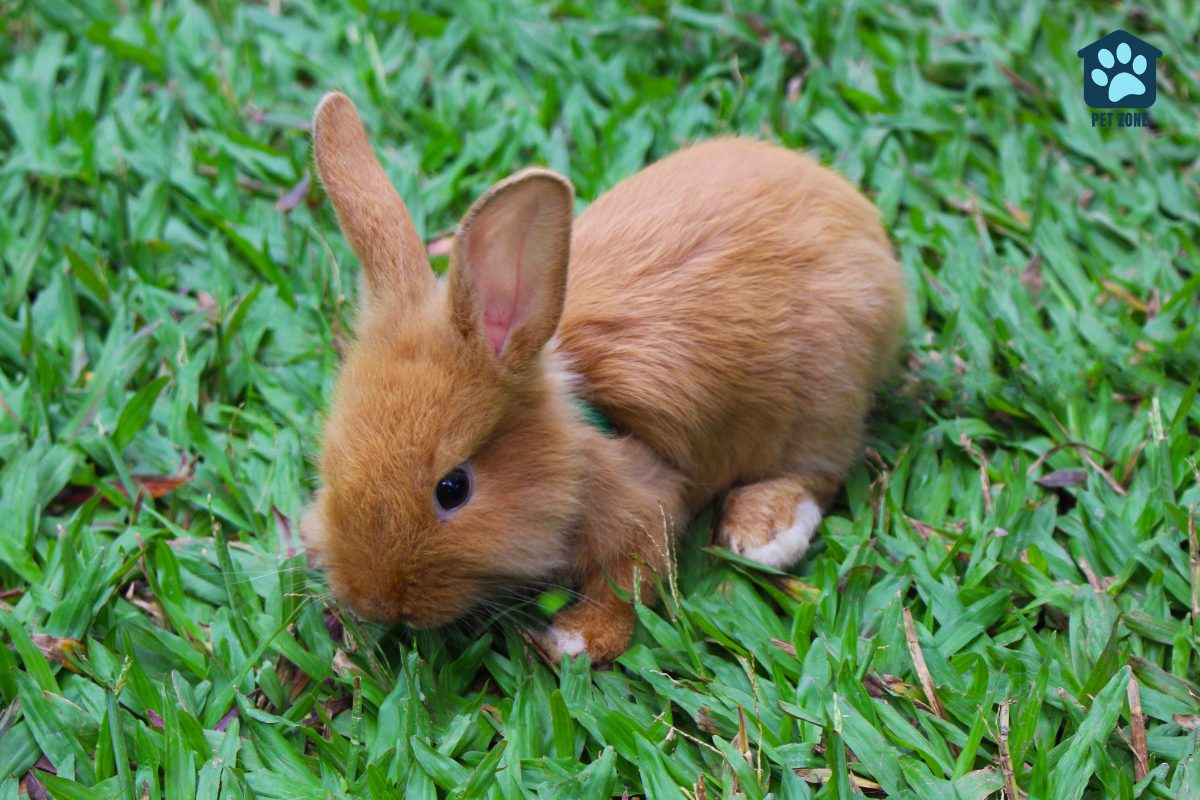
Differentiating Between an Adult and an Elderly Rabbit
Young adult rabbits are typically between 6 months to 2 years old, while middle-aged rabbits fall within the 3-5 year range and senior rabbits are generally over the age of 5. To learn more about how to tell the age of your rabbit, read on for a detailed guide on identifying different life stages and signs to determine your rabbit’s age.
Young Adult Rabbits
Young adult rabbits are between 6 months to under a year old. At this stage, they’ve finished growing and have reached their full size. Their energy levels remain high, and they exhibit playful behavior.
As young adults, their nails will appear fully grown, and their teeth should be well-formed with no signs of uneven wear.
As your rabbit enters young adulthood, it’s essential to ensure it gets the right nutrition for this life stage. Keep monitoring its activity level and behavior for any changes that may indicate health issues or aging-related concerns.
Middle-aged Rabbits
As rabbits transition from being young adults to reaching middle age, there are noticeable changes in their behavior and physical appearance. At this stage, rabbits are typically between 3 to 5 years old.
They tend to become more settled in their habits and may not be as active as when they were younger. Middle-aged rabbits also display consistent eating patterns and may gain a little weight due to the decrease in their activity level.
Keeping an eye on any shifts in behavior or health can help you provide the best care for your rabbit as it ages.
One way to spot a middle-aged rabbit is by observing its energy levels and grooming habits. As they reach this stage of life, rabbits often spend more time resting and grooming themselves thoroughly.
Senior Rabbits
Senior rabbits, typically those over the age of 5, exhibit signs such as decreased activity and potential health issues. You may notice changes in their weight or fur quality as they age.
It’s essential to provide them with a balanced diet and regular veterinary check-ups to ensure they remain healthy and comfortable in their later years.
As rabbits enter their senior stage, it’s crucial to pay attention to any unusual behavior or symptoms that may indicate underlying health concerns. Regular grooming can help you spot any changes in your rabbit’s body condition, ensuring early detection of potential health issues before they become severe.
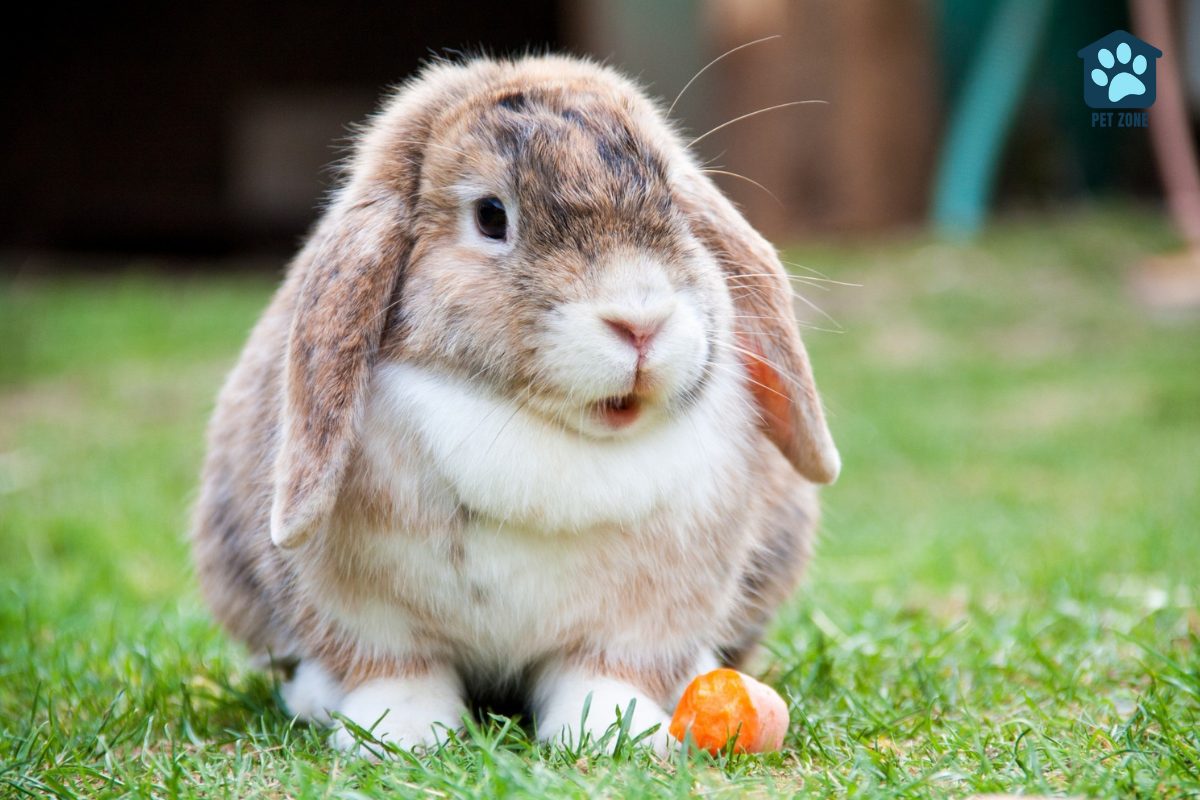
Signs to Determine the Age of Your Rabbit
Look for signs such as the condition of your rabbit’s hocks, nails, teeth, general appearance, size, and activity level to help determine their age. These physical indicators can provide valuable insights into your rabbit’s age category.
Hocks
The hocks of a rabbit can reveal important clues about its age. As rabbits grow older, the hocks may show signs of wear and tear. They could appear calloused or develop bony protrusions over time.
Additionally, observing the flexibility and strength in the hock joints can offer insights into whether your rabbit is in their youth or advancing in age. These signs, when paired with other indicators like teeth condition and energy levels, provide valuable information for determining your rabbit’s life stage.
By paying attention to the condition and mobility of your rabbit’s hocks along with other age-defining traits such as nails and behavior, you can have a clearer understanding of where they are in their life cycle.
Nails
Check your rabbit’s nails to help determine its age. Young rabbits have small, sharp nails. As they grow older, the nails become longer and thicker.
Also, older rabbits might have more wear on their nails from normal activities like digging and running around. By looking at the condition of your rabbit’s nails, you can get a rough idea of its age.
Inspecting the state of your rabbit’s nails regularly is essential for its health too. Overgrown or curled nails can cause discomfort for your pet.
It’s important to trim them if needed to avoid any potential problems with mobility or pain in their paws – keeping those adorable little feet in tip-top shape!
Teeth
Rabbit teeth are a good indicator of their age. When rabbits are young, their front teeth grow quickly. As they get older, the growth slows down and eventually stops. By examining your rabbit’s teeth, you can estimate its age within reason.
The length and color of the rabbit’s teeth change as it gets older. Baby rabbits have small and white front teeth that grow fast. As they become adults, the front teeth stop growing and turn yellowish.
By observing these changes in your rabbit’s teeth, you can make an educated guess about its age without any special tools or equipment.
General Appearance
Assessing your rabbit’s general appearance can give you clues about its age. Look at the fur – a baby rabbit will have softer, shorter fur than an adult one. Also, examine the eyes and ears – if they are open and alert, it’s likely not a baby anymore.
Furthermore, observe the body size and weight – larger rabbits are usually older than smaller ones.
Knowing how to identify these features can help you gain more insight into your rabbit’s age..Next, let’s dive into another indicator of your rabbit’s age – its size.
Size
Check the size of your rabbit – it’s a great indicator of its age. Most bunnies reach their full size by around 6 months, with larger breeds taking a bit longer. If your rabbit is still growing, chances are it’s under 6 months old.
Pay attention to how heavy or big it feels in your hands, and compare that to how heavy or big you remember them being – this can give you an idea of where they might be in their growth journey.
As rabbits age, there will also be subtle changes in their size and weight. Seniors may feel lighter due to muscle loss while young adults tend to have a solid but not overly hefty build.
Activity Level and Behavior
To determine your rabbit’s age, observe its activity level and behavior. Young rabbits are usually very active, hopping around and playing a lot. As they age, their activity levels may decrease, and they might become more mellow or spend more time resting.
Pay attention to changes in their behavior as well – for example, older rabbits may be less curious or adventurous compared to younger ones. Additionally, examining their nails can provide clues about their age, as older rabbits’ nails tend to grow faster.
Understanding your rabbit’s normal behavior as it ages can help you gauge its approximate age range. Keep an eye on how much energy it has and if there are any noticeable changes in its daily activities – these can be indicators of where your rabbit falls on the aging spectrum.
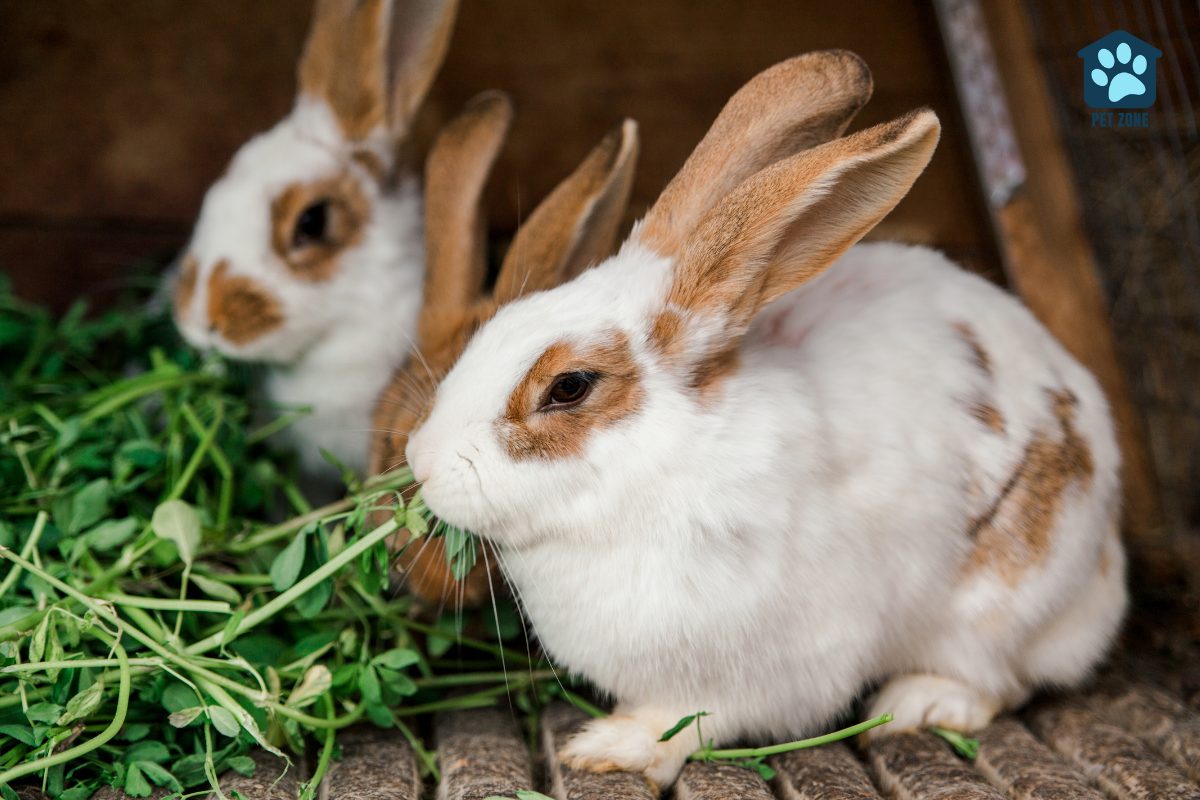
Conclusion
In conclusion, by observing your rabbit’s appearance and behavior, you can estimate its age. These practical methods are simple to implement and effective in determining the age of your pet bunny.
Understanding your rabbit’s age is important for their care and well-being. By using the strategies discussed, you can make informed decisions about their health and happiness. For further guidance on rabbit care, consult a veterinarian for tailored advice.
Frequently Asked Questions
Look at your bunny’s size and behavior. Young rabbits, like babies born blind, change a lot as they grow. By 8 weeks old, their eyes and ears are open. As they reach 9 months to 1 year old, they slow down growing.
Yes! Baby rabbits start small with closed eyes and need lots of care. Once they’re around 8 weeks old, you’ll notice their eyes and ears open and become more active.
It’s tougher to guess the age of wild rabbits because you don’t see them every day. Age may also be hidden by fur changes or because all bunnies can look similar depending on the breed.
Absolutely! Different breeds have different sizes, so a big breed will get heavier than others as it gets older.
Knowing your rabbit’s age helps give proper food and care it needs at each stage in life – from being nearly impossible to tell when still a baby through young adulthood up until about age 5 years upwards.
Figuring out the exact number can be difficult unless you know when the rabbit was born but looking for clues like weight, growth rate based on breed, and general behavior gives good hints toward its general age categories.
As an Amazon Associate I earn from qualifying purchases.



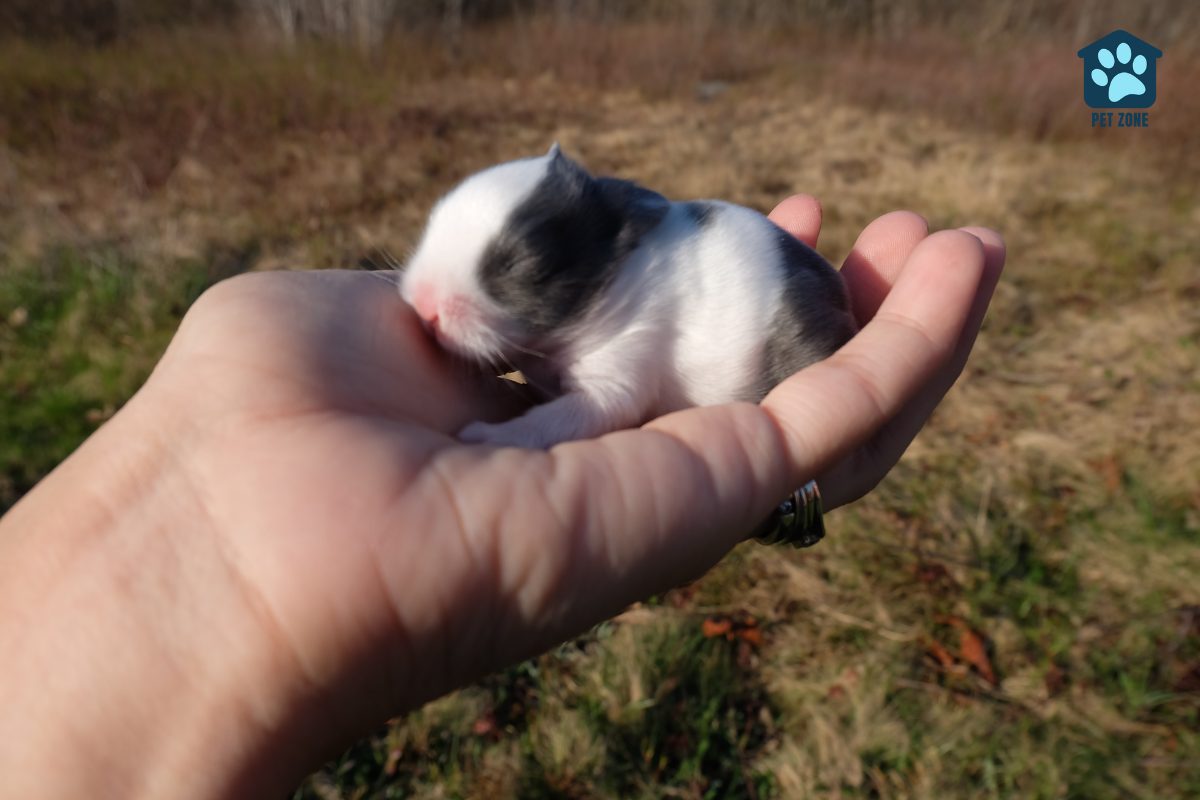
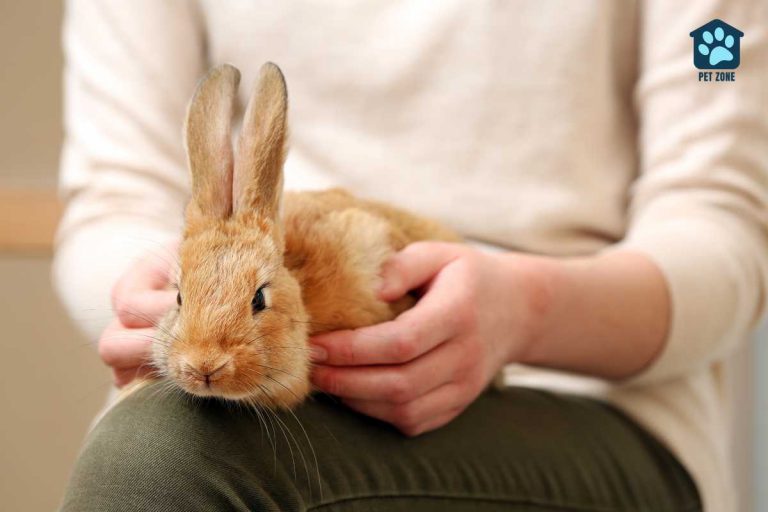
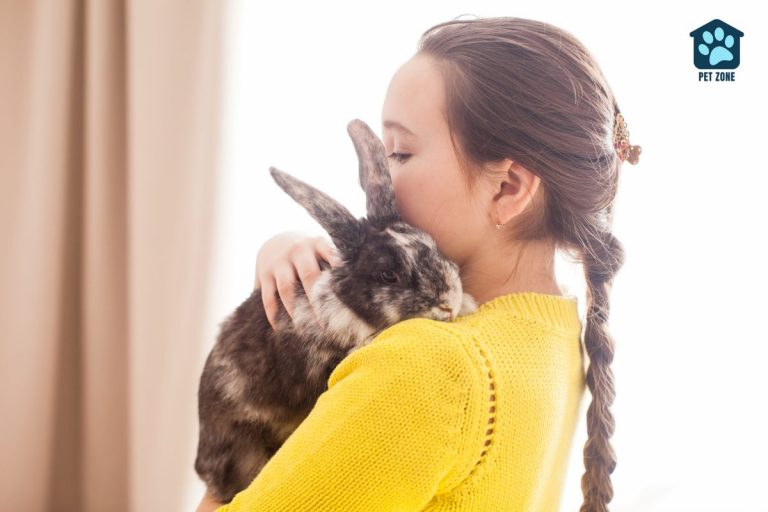
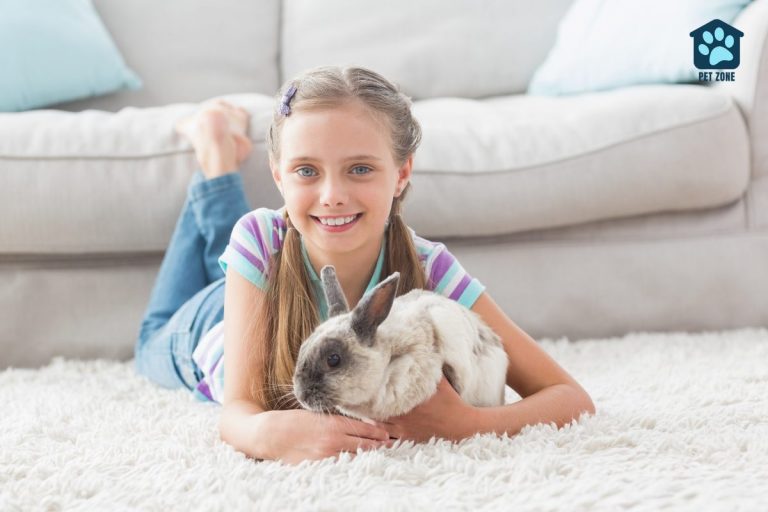
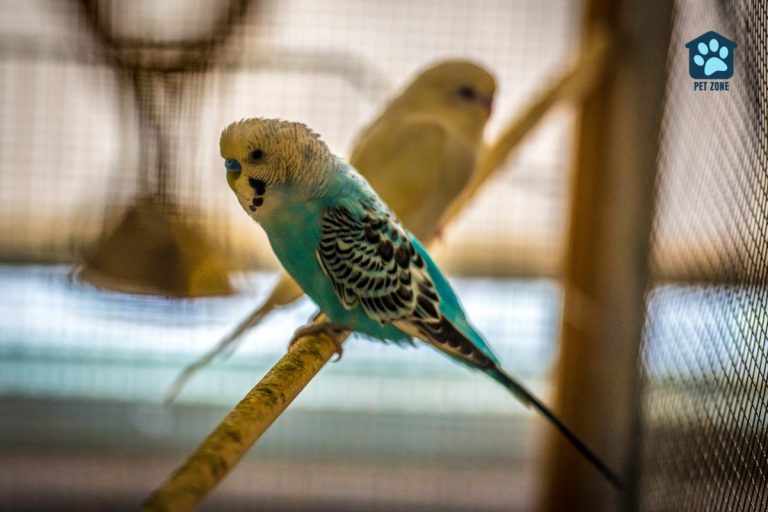
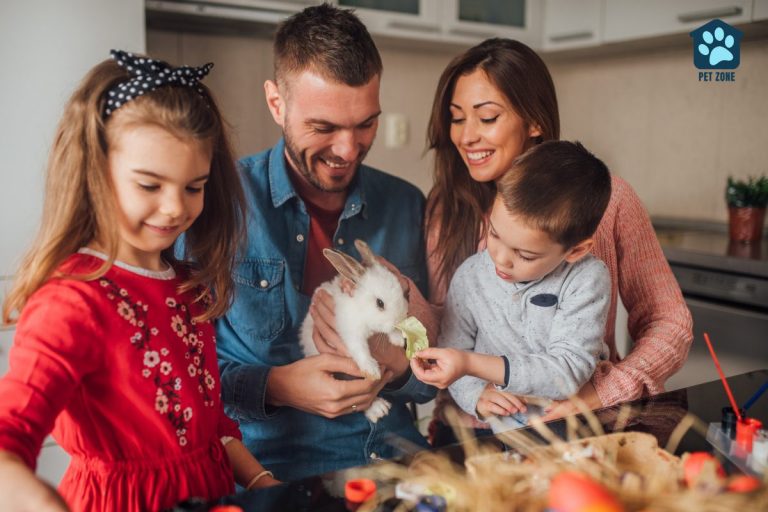
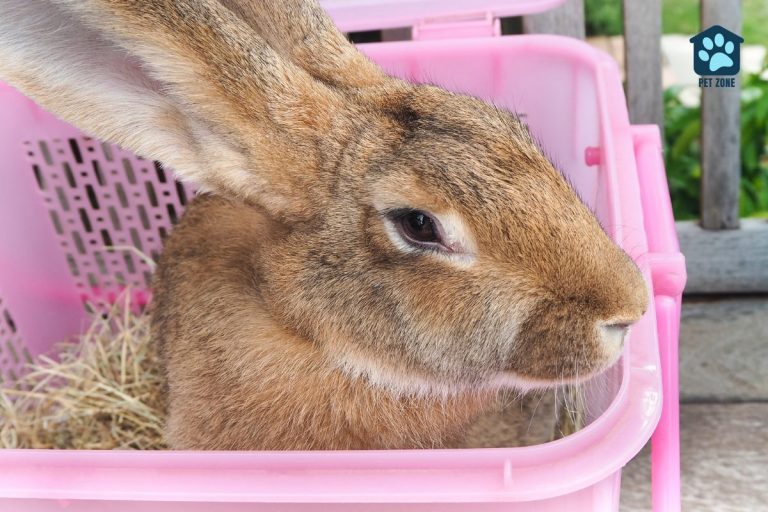
Interesting information on identifying the age of a rabbit. The kids are asking for a bunny for Easter…I’m still on the fence about this but after reading this article and seeing the cute pictures I may change my mind!
We use to have so many rabbits on our property. They are so adorable. I was interested in learning more about this. Great post!